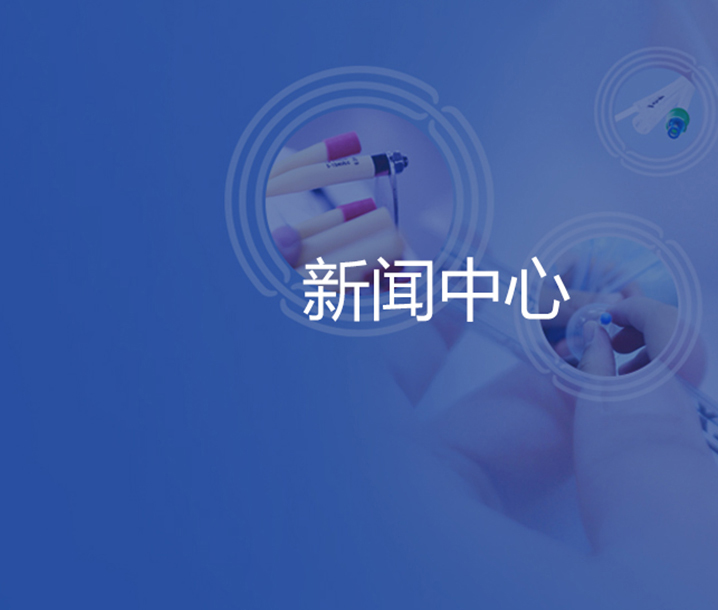The guide wire passes through the blood vessel to the heart
Release time:2020-09-01 00:11
In the case of disease death in Chinese, 2 of every five deaths die from cardiovascular disease. " Experts from the National Committee of cardiovascular diseases experts said that the prevalence of cardiovascular risk factors in China is unprecedented in both growth and scale, and it is expected to continue the current outbreak trend in the next ten years at least. Affected by this trend, the total cost of hospitalization for cardiovascular and cerebrovascular diseases in China is also increasing rapidly. Since 2004, the annual growth rate of cost consumption of the disease is far higher than that of GDP. Health data released by the research institute show that China has spent more than 300billion yuan per year on the treatment of cardiovascular and cerebrovascular diseases.
Cardiovascular diseases mainly include coronary heart disease (such as myocardial infarction), cerebrovascular disease (such as stroke), hypertension, peripheral vascular disease, rheumatic heart disease, congenital heart disease, heart failure and myocardial disease. Among them, vascular stenosis and obstruction caused by hyperlipidemia, blood viscosity, atherosclerosis, secondary heart, brain and systemic tissue ischemia or hemorrhage are particularly common, especially for the elderly over 50 years old, with high morbidity, high disability rate and high mortality.
"Even with the current advanced diagnosis and treatment technology, more than 50% of cardiovascular patients are still hospitalized." Cardiovascular experts from the Fourth Military Medical University expressed great concern. He said that at present, the main treatment methods of cardiovascular disease include drug treatment, interventional therapy and surgical treatment. "Drug treatment is slow, can alleviate the patient's current symptoms, but most can not be cured. The main form of surgical operation is cardiac bypass, the effect is significant, but the operation is complex and the burden of patients is heavy
With the continuous innovation and development of human medical technology, interventional therapy is being adopted by more and more doctors and patients. Experts told reporters that the so-called interventional therapy refers to opening a small hole on the artery of the patient's hand or leg, inserting the guide wire and microcatheter, reaching the blockage of the blood vessels in the heart through the blood vessels, placing the balloon or reticular stent through the guide wire, expanding the occlusion, dredging the blood vessels, restoring the heart blood flow, so as to achieve the effect of curing the disease.
"This kind of therapy has many advantages, such as rapid, no operation, small trauma, quick recovery, low cost and can be repeated. It can quickly solve the problem of coronary artery stenosis, relieve myocardial ischemia, and greatly reduce the mortality of patients." For example, the expert image said that cardiovascular patients with interventional treatment have fewer complications, and it is convenient to stop bleeding and compression after operation. Patients can walk away from the operating room immediately, and their life will not be affected in the future.


